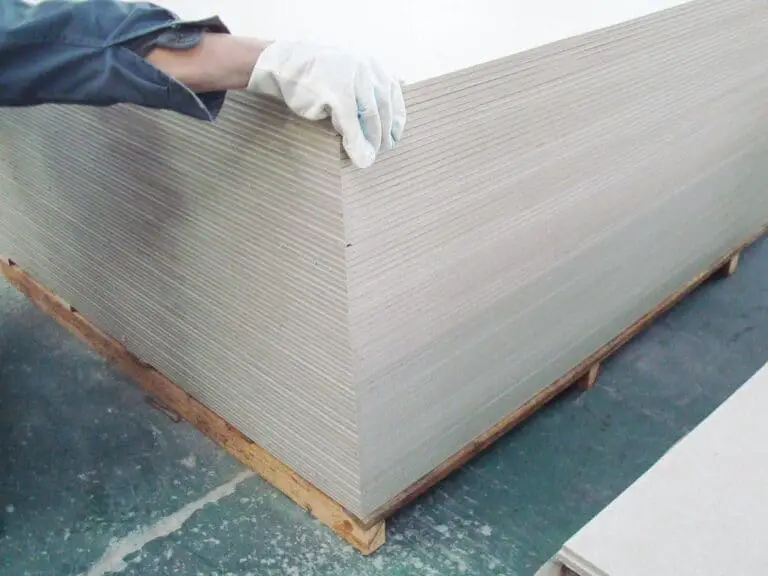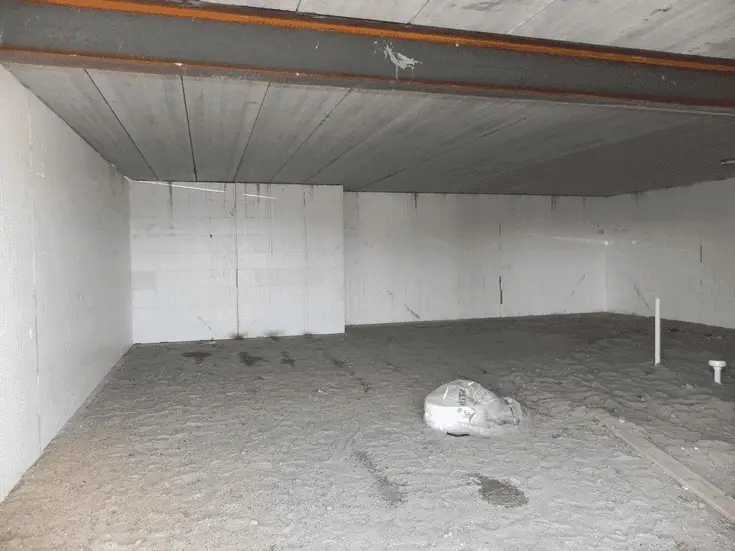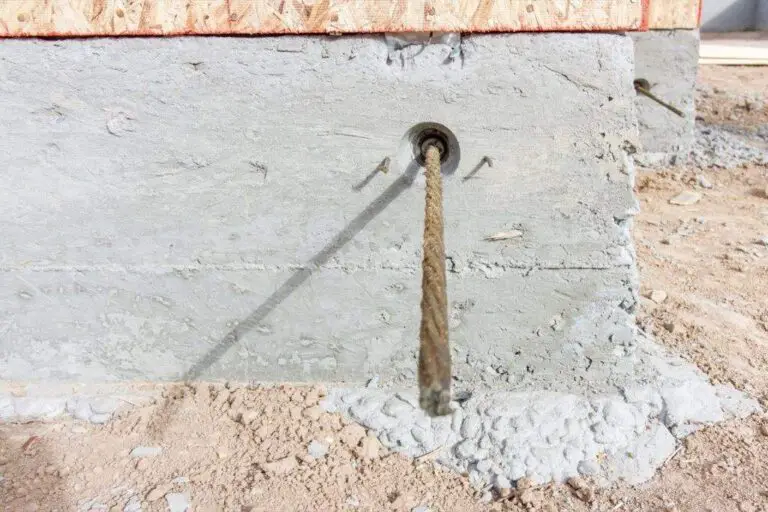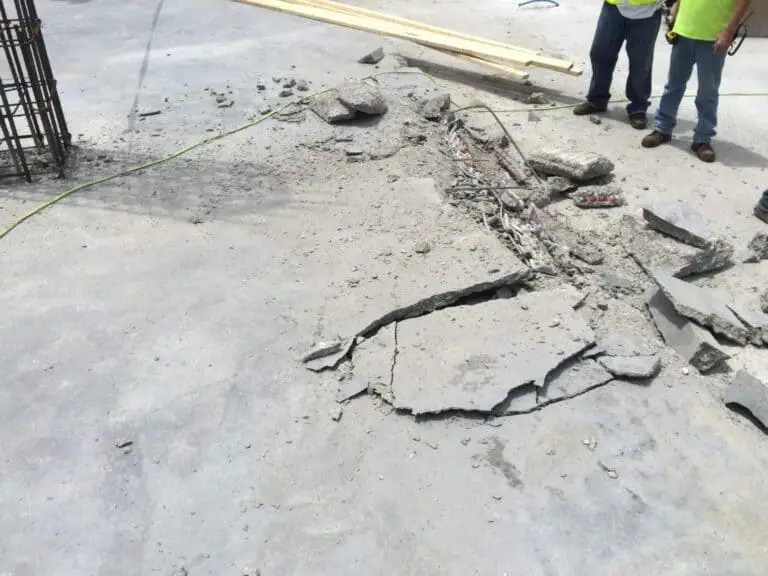Can You Put a Thin Layer of Concrete over Existing Old Concrete? (Concrete Overlay)
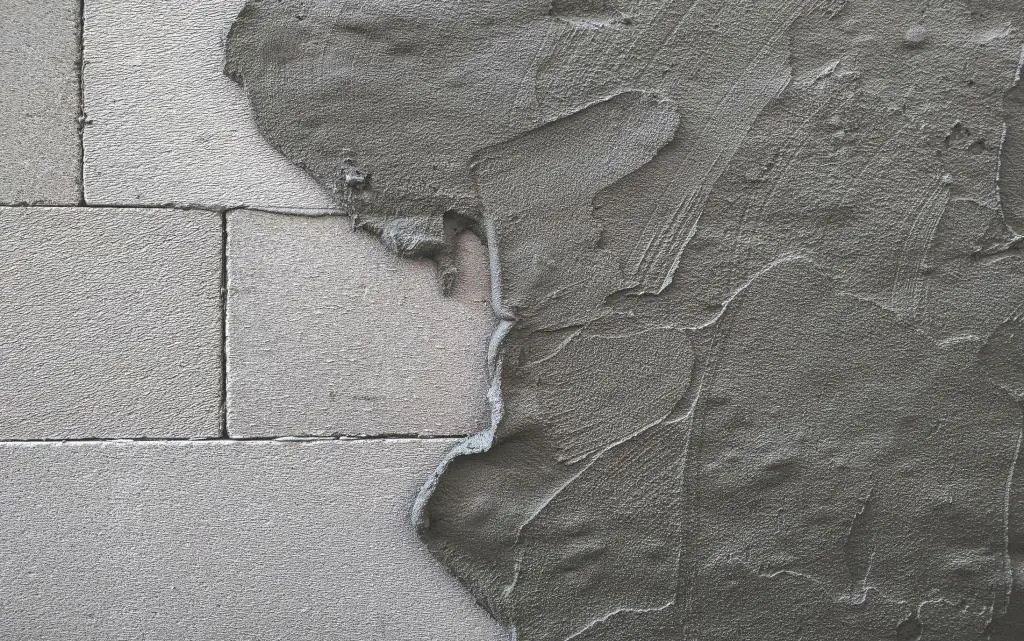
If you have an old concrete surface that’s seen better days, you may be wondering if you can simply put a thin layer of new concrete over it to restore its appearance and durability. After all, it seems like a quick and easy solution, right? Well, the answer isn’t quite so simple. In this article, we’ll explore whether it’s possible to put a thin layer of concrete over existing old concrete, and what factors you should consider before attempting to do so.
So, can you put a thin layer of concrete over old, existing concrete? The short answer is yes, but there are several important factors to consider before doing so. These include the condition of the old concrete, the thickness of the new layer, and the type of concrete used. In many cases, it may be better to remove the old concrete and pour a new surface from scratch.
Introduction to Thin Layer of Concrete
A thin layer of concrete is a layer of concrete that is applied over an existing surface, such as old concrete, wood, or tiles. It is typically around 1/4 inch thick and can be colored, stamped, or textured to achieve a desired look. Thin concrete overlays can be used to resurface floors, walls, countertops, and other concrete surfaces, giving them a new lease on life.
Benefits of Putting Thin Layer of Concrete over Old Concrete
There are several benefits to putting a thin layer of concrete over old concrete:
- Improved Appearance: A thin layer of concrete can transform an old, worn-out surface into a fresh and modern one, giving your home or business a new look.
- Enhanced Durability: Thin concrete overlays can improve the strength and durability of old concrete surfaces, making them more resistant to wear and tear, and prolonging their lifespan.
- Reduced Cost: Rather than tearing out and replacing an entire concrete surface, applying a thin layer of concrete is a cost-effective way to resurface and repair old concrete.
- Customization: Thin concrete overlays can be colored, stamped, or textured to achieve a variety of looks and styles, giving you endless design options.
- Quick Installation: Thin concrete overlays can be installed quickly and with minimal disruption to your daily life, allowing you to enjoy your new surface in no time.
- Environmentally friendly: reusing the old concrete as a base layer can be a more environmentally friendly option than disposing of it and pouring a new surface from scratch.
Factors to Consider Before Putting Thin Layer of Concrete over Old Concrete
Before you start applying a thin layer of concrete over old concrete, there are several factors that you should consider:
1. Condition of the Old Concrete
Before adding a new layer of concrete over old concrete, it’s important to assess the condition of the existing surface. If the old concrete is in poor condition with deep cracks, spalling, or other forms of damage, adding a new layer of concrete over it may only be a temporary fix. In fact, the new layer may end up cracking or breaking apart in the same way as the old concrete.
2. Thickness and Leveling
The thickness of the new layer of concrete is also an important factor to consider. In general, a thin layer of concrete (less than 2 inches thick) is unlikely to adhere properly to the old surface. This can result in delamination, or the separation of the new and old concrete layers. To ensure proper adhesion, a thicker layer of concrete may be necessary.
If the old concrete surface is not level, the new layer will also be uneven. You may need to use a self-leveling compound to even out the surface before applying the new layer.
3. Type of Concrete Used
The materials used in the overlay should be compatible with the old concrete surface to ensure that they bond properly and create a durable surface. Not all concrete mixes are created equal. Some mixes are specifically designed for use as an overlay or topping, while others are better suited for use as a base layer. It’s important to choose the right type of concrete for your particular application to ensure proper adhesion and long-lasting durability.
4. Bonding Agents
To ensure proper adhesion between the old and new concrete layers, it’s often necessary to use a bonding agent. Bonding agents can improve the bond strength between the two layers and prevent delamination. There are several types of bonding agents available, including epoxy, acrylic, and latex.
5. Moisture and Climate Conditions
Moisture levels in the old concrete can also impact the success of the overlay. High levels of moisture can cause the overlay to fail, so it’s important to test the moisture levels of the old concrete before starting the project.
Temperature and humidity can affect the curing of the new concrete. You need to consider the climate conditions before pouring the new layer.
How to Prepare Old Concrete for a Thin Layer of New Concrete
To ensure that the new layer of concrete adheres to the old surface properly, you need to prepare the existing concrete. Here are the steps you can take:
- Clean the surface: Remove any debris or dirt from the old concrete surface. You can use a pressure washer or a scrub brush and a detergent solution to get rid of the dirt and grime.
- Remove loose material: If there are any loose pieces of concrete or old coatings, remove them with a chisel or a hammer. Make sure you don’t damage the underlying surface.
- Profile the surface: The surface needs to be roughened up so that the new concrete can adhere to it. You can use a shot blaster or a grinder to profile the surface. The surface should be slightly rough to the touch.
- Repair any damages: If there are any cracks or holes in the old concrete, they need to be repaired before applying the new layer. You can use a concrete patching compound or an epoxy resin to fill in the damages.
- Apply a bonding agent: A bonding agent is necessary to ensure that the new concrete adheres properly to the old surface. You can use a chemical bonding agent or a latex bonding agent.
- Wet the surface: Wetting the old concrete surface before applying the new layer can help the two surfaces bond better.
What Is Concrete Overlay?
A concrete overlay is a thin layer of concrete that is applied over an existing surface, such as old concrete, asphalt, or wood. It is a cost-effective way to improve the appearance and durability of an existing surface without having to remove and replace the entire surface. Concrete overlays can be used for a variety of applications, such as driveways, sidewalks, patios, and pool decks.
Concrete overlays come in a variety of materials, including polymer-modified cement, epoxy, and acrylic. Each material has its own advantages and disadvantages, and the choice of material will depend on the specific application and the condition of the existing surface.
- Polymer-modified cement overlays are a popular choice for outdoor applications because they are durable, weather-resistant, and can be applied to a variety of surfaces. They are made by combining cement, sand, and a polymer resin that helps to create a strong bond between the old and new surfaces.
- Epoxy overlays are another popular choice for indoor applications because they are durable, easy to maintain, and can be customized with a variety of colors and designs. They are made by combining epoxy resin with a hardener that creates a strong, chemical bond with the old surface.
- Acrylic overlays are a cost-effective option for outdoor applications because they are easy to apply, come in a variety of colors and textures, and are weather-resistant. They are made by combining acrylic resins with sand and other fillers that create a textured surface.
Concrete overlays are also a great way to add texture and design to a surface. They can be stamped with patterns that mimic the look of natural stone, brick, or tile. They can also be stained or painted to create a variety of colors and designs.


